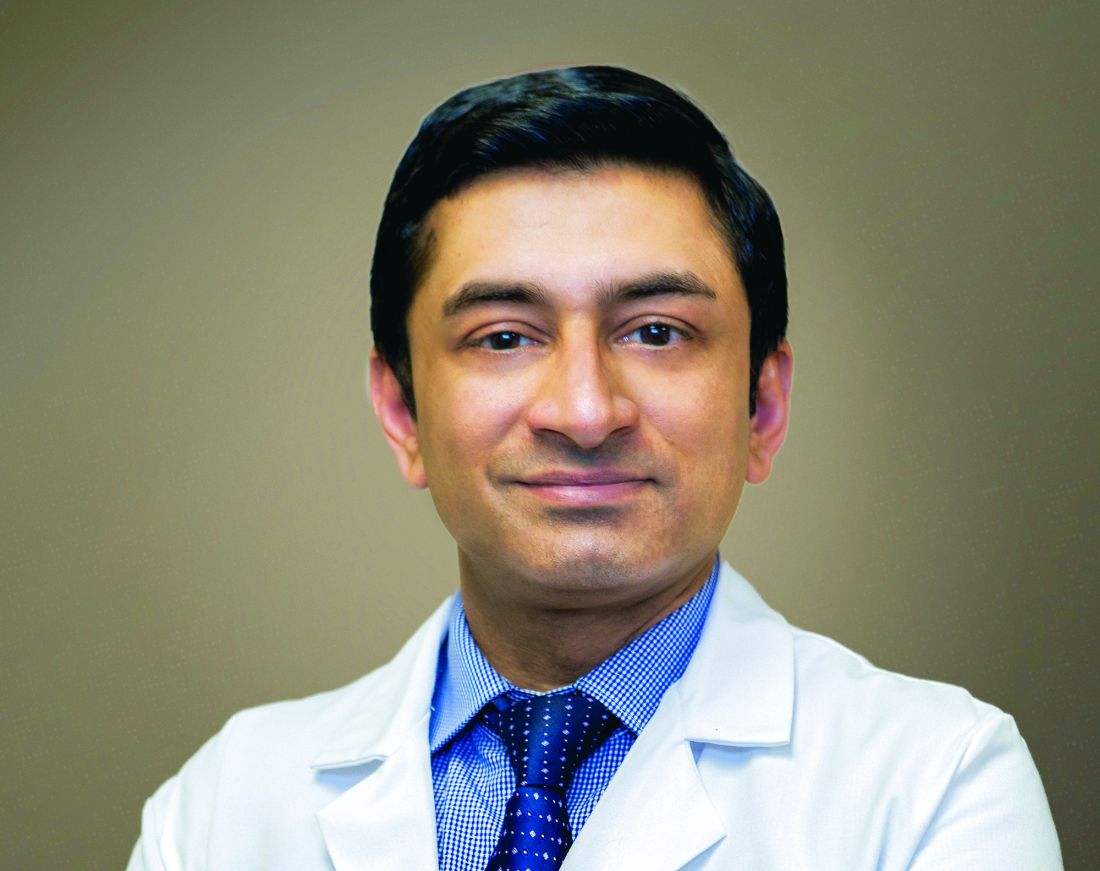Journal CHEST®

By Charles Chin Han Lew, PhD, et al
Current international critical care guidelines based on expert opinion recommend high protein treatment (average 1.6 g/kg/d) for critically ill patients diagnosed with preexisting malnutrition to improve clinical outcomes. This multicenter, randomized controlled clinical trial investigated the effects of high vs usual protein treatment in 1,301 critically ill patients across 16 countries. Preexisting malnutrition was independently associated with the primary outcome of slower time to discharge alive (TTDA) (adjusted hazard ratio, 0.81; 95%CI, 0.67-0.98). However, high protein treatment in patients with and without preexisting malnutrition was not associated with TTDA (adjusted hazard ratios of 0.84 [95%CI, 0.63-1.11] and 0.97 [95%CI, 0.77-1.21]). Furthermore, no effect modification was observed (ratio of adjusted hazard ratio, 0.84; 95%CI, 0.58-1.20).
Most importantly, this study demonstrated an association between malnutrition and slower TTDA; however, this association was not modified by high protein treatment. This research challenges current international critical care nutrition guidelines.
Commentary by Mary Jo S. Farmer, MD, PhD, FCCP, Member of the CHEST Physician Editorial Board
CHEST® Critical Care

By Kevin P. Seitz, MD, et al
The Mode of Ventilation During Critical Illness (MODE) trial is a cluster-randomized, multiple-crossover pilot study conducted in a medical ICU exploring how different mechanical ventilation modes affect ventilator-free days in critically ill patients. This trial aims to determine which ventilation mode maximizes the days patients spend alive without invasive ventilation. By switching between ventilation modes each month, the study ensures a thorough assessment under uniform clinical conditions. The trial’s protocol and statistical analysis plan were defined before the end of enrollment, which bolsters the rigor, reproducibility, and transparency of the findings. Initial findings indicate the necessity for an expanded, multicenter trial to definitively identify the optimal ventilation mode, as current data do not universally prefer one method over others. This research has significant implications for clinical practice, potentially altering mechanical ventilation guidelines and improving patient outcomes by reducing the time spent on mechanical ventilation.
Commentary by Dharani Narendra, MD, FCCP, Member of the CHEST Physician Editorial Board
CHEST® Pulmonary

Guideline Alignment and Medication Concordance in COPD
By Meredith A. Chase, MD, MHS, et al
Over the past 10 years, a number of studies from generalists and specialists have consistently shown a lack of compliance between physician prescriptions and the Global Initiative for Chronic Obstructive Lung Disease strategy’s recommendations. This study aligns with prior research conducted in the same field. The inappropriate use of maintenance inhalers and the excessive use of inhaled corticosteroids are contributing factors to the skyrocketing expenses of managing COPD despite a slight decrease in prevalence. Overall, the results of all these studies are somewhat unsettling.
Nonetheless, there are a number of factors that are either unavoidable or difficult to address. First, primary care providers (PCPs) are less knowledgeable about the most recent recommendations and guidelines than specialists are. Second, the managed care companies and their PCPs are sometimes reluctant to refer patients to a specialist, resulting in delayed diagnosis and, at times, wrong diagnosis and mismanagement. Third, managed health care organizations have limited drugs for managing COPD on their formularies, limiting the ability of the provider to prescribe guideline-recommended treatments. Lastly, and very regrettably, the number of primary care doctors is decreasing, which is influencing patients’ ability to connect with someone who possesses the clinical expertise to assist them.
Future studies, projects, and endeavors ought to focus on solutions that could lessen these obstacles and provide patients and physicians more education, authority, and autonomy.
Commentary by Humayun Anjum, MD, FCCP, Member of the CHEST Physician Editorial Board